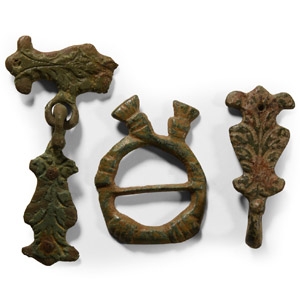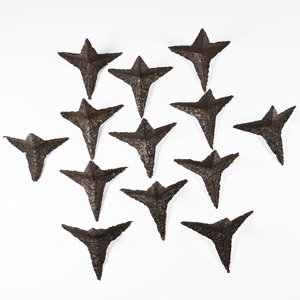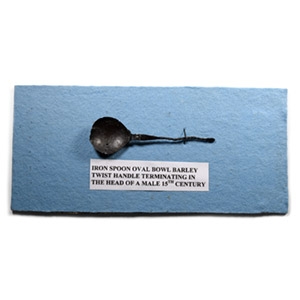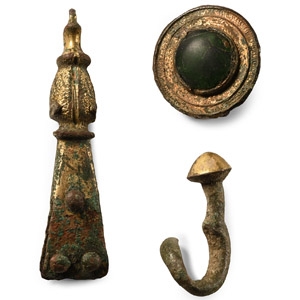Home > Auctions > 3 - 8 September 2024
Ancient Art, Antiquities, Natural History & Coins
Auction Highlights:
From the collection of the famous author, writer and speaker, Gordon Bailey, Essex, UK; formed since 1968.
Acquired on the UK art market.
Property of a Essex, UK, collector.
Accompanied by an old handwritten information card.
From the collection of the famous author, writer and speaker, Gordon Bailey, Essex, UK; formed since 1968.
Cf. Bailey, G., Detector Finds 5, Witham, 2002, p.70ff.
From the collection of the famous author, writer and speaker, Gordon Bailey, Essex, UK; formed since 1968.
Bailey, G., Detector Finds 4, Witham, 2000, p.28. fig.13; cf. Bailey, G., Detector Finds 3, Witham, 1997, p.26.
Cramp-rings were donatives issued every year on Good Friday by the monarch to prevent sickness, especially epilepsy. The rings were blessed in a religious service and sprinkled with holy water. The custom was officially abolished at the Reformation.
Acquired 1990s-early 2000s.
East Anglian private collection.
Cf. Read, B., Identifyng detector finds, A catalogue of Metal Detecting finds from the United Kingdom, Coggeshall, 2021, pp.54-55, fig.318, for a similar rowel spur.
These spurs belong to a type widespread in Western Europe with a six-pointed spur, often engraved, dating mostly between 1425 and 1450.
Found near Doncaster, South Yorkshire, UK.
Acquired on the UK art market in 2012.
Ex property of a Kent lady collector.
From the collection of the famous author, writer and speaker, Gordon Bailey, Essex, UK; formed since 1968.
Found Southern England.
Acquired on the UK art market in the 1980s.
From an East Anglian private collection.
Found whilst searching in Somerset, UK.
From the private collection of a London gentleman, from his grandfather's collection formed before the early 1970s.
Cf. Trapp, Graf, O., & Scalini, M., L'Armeria Trapp di Castel Coira-The Armoury of the Castle of Chuburg-Die Churburger Rustkammer, Fagnana, 1995-1996, p. 297 (vol. 1), for similar medieval German caltrops; Žákovský, P., ‘Caltrop. Contribution to the knowledge of one neglected weapon’ in Studia Minora Facultatis Philosophicae Universitatis Brunensis, M 12-13, 2007-2008, pp.115-132, fig.9, no.1 (type IIIa of Žákovský classification).
P. Žákovský has been able to classify medieval caltrops, mainly from 13th to 15th century A.D., on the basis of their morphology, into four main typologies, each with different variants. Caltrops with single-pointed spikes, whose interpretation, however, is often ambiguous belong to type I. The other three types represent classic four-pointed caltrops, and individual types in this group differ from one another just in their cross-section.
From the collection of the famous author, writer and speaker, Gordon Bailey, Essex, UK; formed since 1968.
From the collection of the famous author, writer and speaker, Gordon Bailey, Essex, UK; formed since 1968.
Cf. Bailey, G., Detector finds 7, Witham, 2011, fig.3a&b, p.103, for similar medieval gilded studs.
Bailey, G., Detector finds 6, Witham, 2008, pp.3,5-6, fig.C1.12, for the gilded swivel hook or stud; Bailey, G., Detector finds 7, Witham, 2011, fig.28, p.102, for the medieval strap end.
Most of the strap ends recovered in Britain date from the 12th century onwards, this being the period when they were widely used by both men and women. The strap end was made from various metals including bronze, copper (normally gilded, silvered or tinned) pewter, tin, silver, gold and iron. Our specimen, probably dated to 11th-12th century A.D., continue the style of the Anglo-Viking beast mounts of the previous centuries.
1501 - 1512 of 3369 LOTS

.jpg)

.jpg)
.jpg)
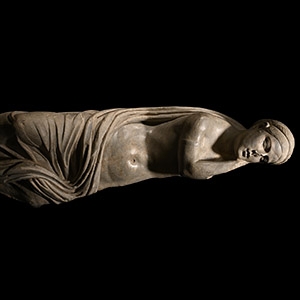
.jpg)
.jpg)




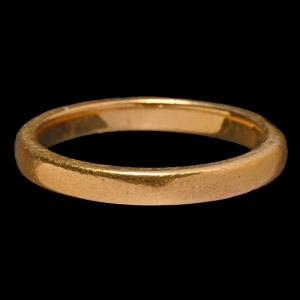
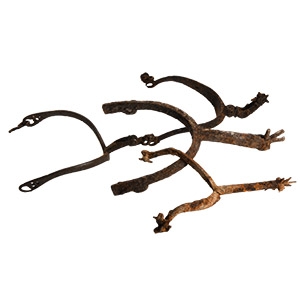
.jpg)
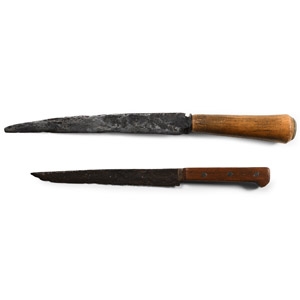
.jpg)
